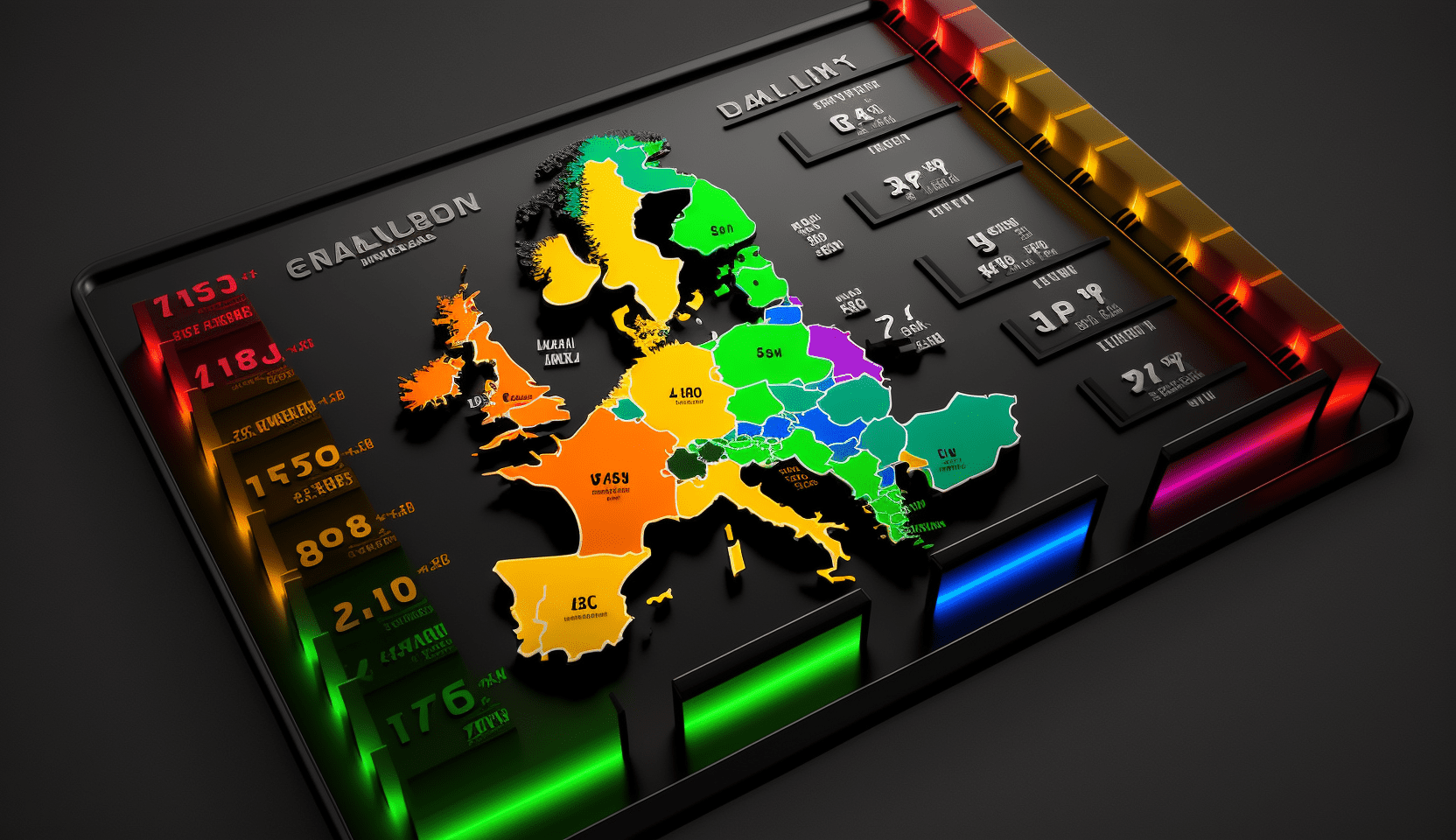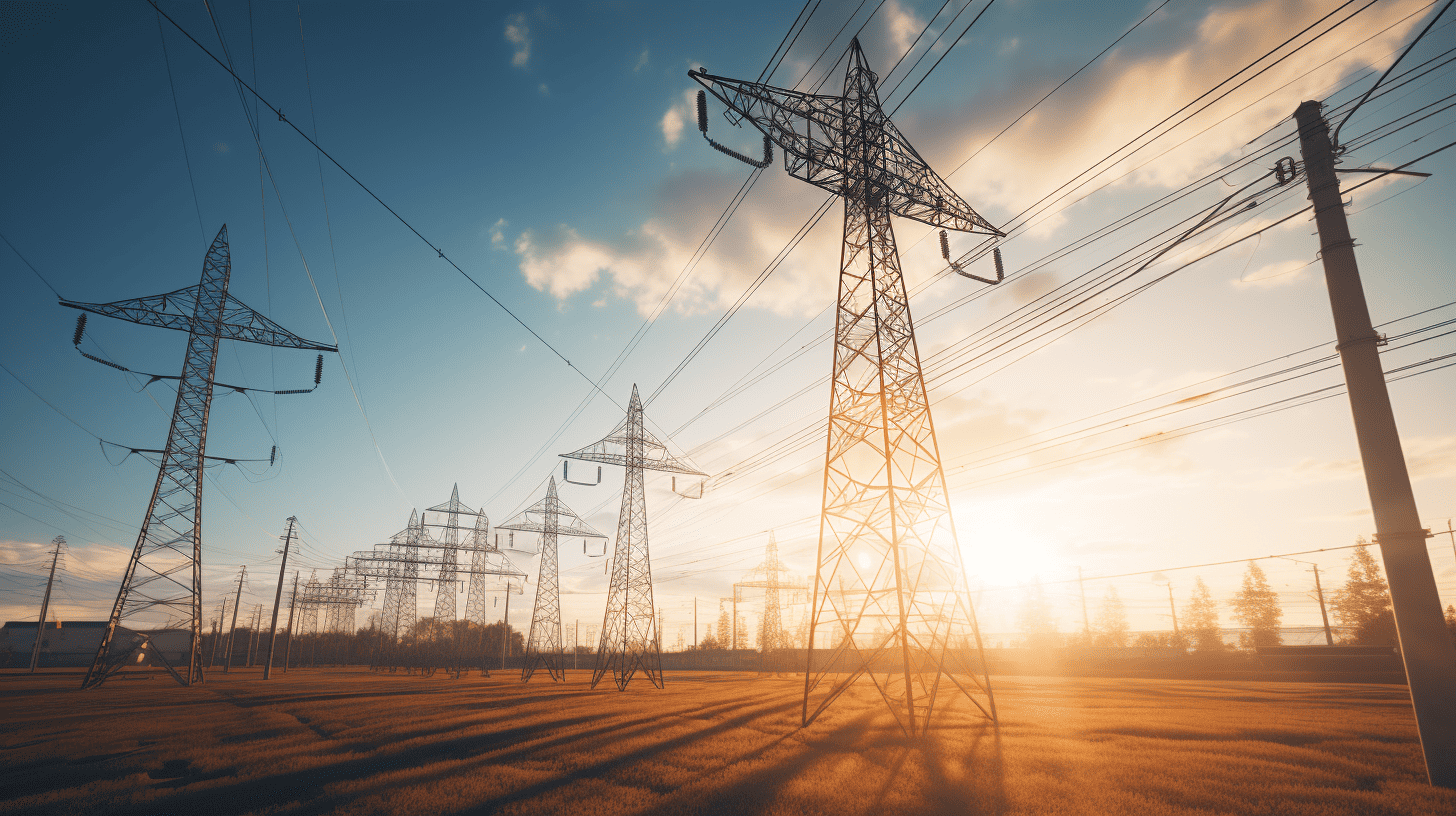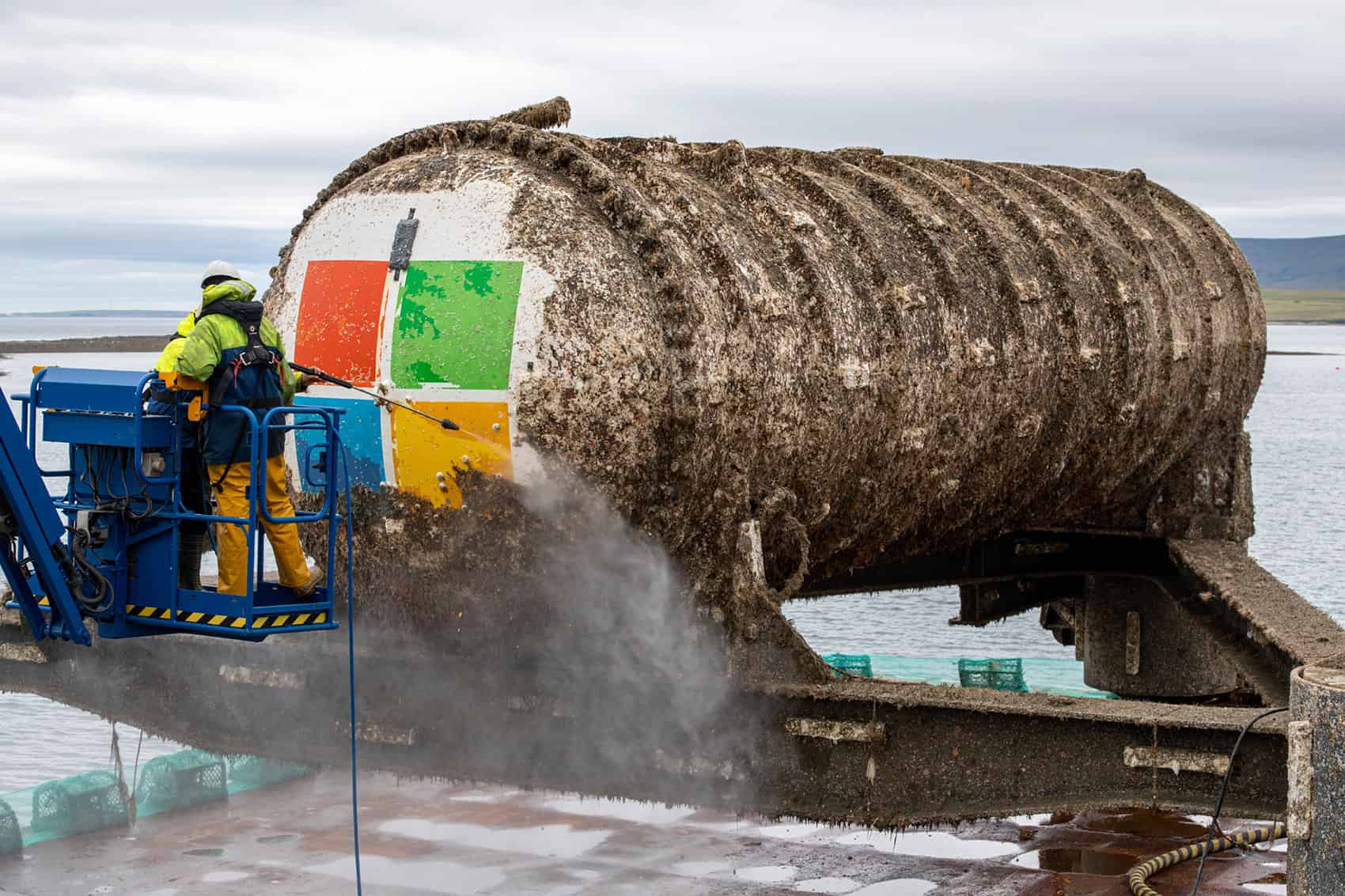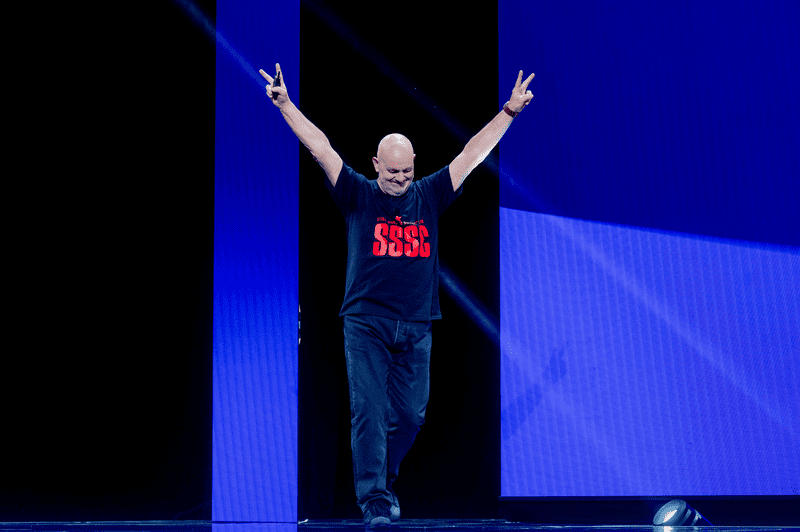
The EU is tightening energy reporting requirements for data centres as part of its ambitious goal for these facilities to be climate neutral by 2030. Owners of centres with a minimum IT capacity of 500 kW will have to disclose their energy performance under the revised Energy Efficiency Directive. Currently, data centres account for 2.7% of EU’s electricity use, a figure that could rise to 3.21% by 2030 if consumption isn’t checked. The EU also plans to set sustainability performance standards for data centres by 2025.
- The EU tightens energy reporting for data centres to achieve climate neutrality by 2030 and set sustainability standards by 2025.
- Stricter regulations aim to promote transparency, efficiency, and sustainable practices in data centres.
- Challenges include improving Power Usage Effectiveness (PUE) and embracing renewable energy sources.
Navigating the new reporting obligations
The revised Energy Efficiency Directive will impose stricter reporting obligations on data centres. The goal is to ensure transparency in energy usage and to promote efficiency in these facilities, which are vital to the functioning of our increasingly digital society. This move by the European Commission is not just about meeting targets; it also reflects a growing understanding of the role of data centres in our energy landscape. “Data centres are a very mature and very active industry about which little is known,” says Nikolaos Kontinakis, an official from the European Commission’s energy efficiency unit.
The new regulations have met with a mixed response from industry representatives. While they recognise the need for action, there is also concern about the challenges these obligations will present. Andy Lawrence, executive director at Uptime Intelligence, points out that “government regulations aimed at improving data centre sustainability and visibility are beginning to require attention, investment, and action”. On the other hand, Francisco Mingorance, secretary general of CISPE, highlights the sector’s ambitious goals: “The cloud computing and data centre industry aims to be the first climate neutral sector in Europe by 2030”.
Ambition and reality: The PUE challenge
Central to achieving these goals is the issue of Power Usage Effectiveness (PUE), a measure of how efficiently a data centre uses energy. The industry’s Climate Neutral Data Centre Pact aims for a PUE of 1.4. However, this is easier said than done. According to S&P Global, newer data centres operate at a PUE of 1.5 or less, while older enterprise data centres run at a PUE of 2 or more. This suggests that there is a significant gap to bridge if the industry is to meet its target.
However, there are encouraging signs. The new German Energy Efficiency Act, for example, mandates a PUE of 1.2 for new data centres by 2026. Meanwhile, tech giant AWS is partnering with Repsol Renewables to source green energy for its data centres and has set a goal to become water positive by 2030. If smaller data centres can reduce their PUE to 1.4, they could save 5 terawatt hours of electricity per year.
The Green Cloud: A vision of the future
The European Commission’s vision goes beyond energy efficiency. It also encompasses the circular economy, with the aim of making data centres carbon-neutral through waste energy reuse and renewable energy sources. To this end, the Commission is exploring measures to improve energy efficiency and circular economy performance in cloud computing and data centres.
As part of its Green Cloud strategy, the Commission is conducting a study titled ‘Greening cloud computing and electronic communications services and networks: towards climate neutrality by 2050’. This study aims to address the lack of commonly accepted definitions and assessment methods for energy efficiency and sustainability in data centres. The ultimate goal is to support the deployment of an innovative, green, and secure cloud, a key step towards achieving the EU’s overarching aim of climate neutrality by 2050.
Turning the code of conduct into requirements
In parallel to these measures, the European Union’s research centre has published an Assessment Framework for Data Centres. This Framework, which is based on the European Code of Conduct for Data Centres, will be used for mandatory reporting under the upcoming Corporate Sustainability Reporting Directive. Unlike the Code of Conduct, which is voluntary, the Assessment Framework sets out compulsory requirements for data centres. It focuses on outcomes and objectives, rather than specific technologies such as liquid cooling or heat reuse.
Since its launch in 2008, more than 500 data centres have joined the EU Data Centre Code of Conduct (EU DC CoC) to improve their energy efficiency. The Assessment Framework takes this a step further, providing auditors with the necessary tools to assess if data centres apply the Practices correctly. It also allows market players to complete their disclosures for Taxonomy alignment as part of their non-financial reporting.







